Regeneration in Tower Hamlets
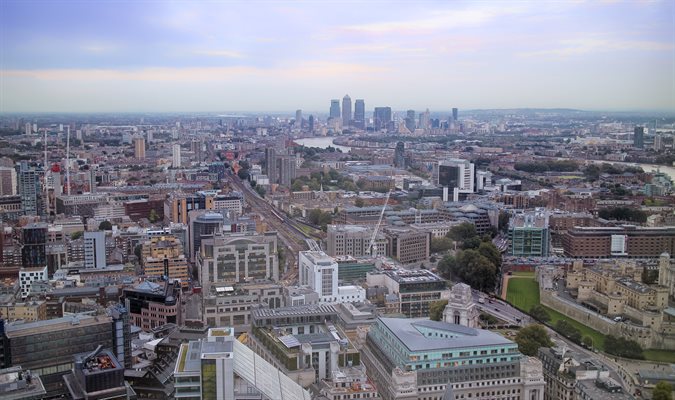
Why regeneration is needed
Tower Hamlets continues to experience massive change and growth. The population in the borough has doubled in the past thirty years, and it is predicted to rise by almost 100,000 by 2031. The borough is becoming increasingly diverse, with over 127 languages spoken in its schools. Job growth is also continuing at pace, with almost twice as many jobs in the borough as in 2000, and a further 44 per cent increase (125,000 jobs) is forecast by 2031.
Despite the opportunities that the growth can bring, key challenges remain. While relative poverty has declined, deprivation remains widespread, particularly in central and eastern parts. High income and health disparities are evidenced within the borough. Levels of social isolation and loneliness are also relatively high compared to the England-wide average.
In this context, the council is committed to ensuring that the growth in the borough makes Tower Hamlets a good place to live, that it is managed to contribute positively to existing identified social, economic, and environmental needs, and that any net gains are shared jointly and simultaneously across the borough, benefitting the lives of existing residents.
Our approach to regeneration
The council has identified the key role that regeneration will play in managing the borough’s growth and ensuring its benefits are shared equally. Regeneration activities in Tower Hamlets involve the council going beyond ‘business as usual’ to work innovatively and across council teams and with external partners to identify and deliver programmes of interventions.
They are based on robust analysis of the changes occurring in the borough, and collaboratively developed ideas on how best to respond to them for the benefit of local people.
 Regeneration activities will focus on the three borough sub-areas where the majority of projected growth and substantial physical and social transformation will take place over the next 15 years:
Regeneration activities will focus on the three borough sub-areas where the majority of projected growth and substantial physical and social transformation will take place over the next 15 years:
- City Fringe
- Lower Lea Valley
- Isle of Dogs & South Poplar
This area-based approach will ensure that regeneration is sensitive to the local communities that are experiencing change, and that the council’s response reflects the actual needs of residents and businesses.
Delivering an ambitious vision
To deliver on the mayor’s vision for regeneration, the council has assembled a dedicated regeneration team. It will work with services from across the council and external organisations to ensure better coordination and maximisation of opportunities for managing growth within the borough.
This will involve working with a range of partners, including the Greater London Authority, Transport for London, registered housing providers, and community and voluntary groups across a range of issues. In addition, we are committed to involving all of the borough’s residents as much as possible in contributing to and shaping the changes that matter to them, and offering a palette of opportunities to allow residents to be involved.
A series of eight 'regeneration outcomes' have been developed to align regeneration work with the council’s existing priorities, plans and strategies that shape the way we drive and manage change in the borough – namely the Strategic Plan, Local Plan, and the Mayor’s Pledges.
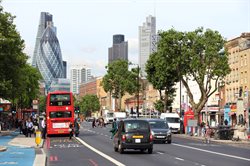
Outcome 1: Infrastructure and placemaking
New development is designed to promote inclusivity and enhance quality of place, and is matched by timely delivery of social, transport and services infrastructure in order to support sustainable growth.
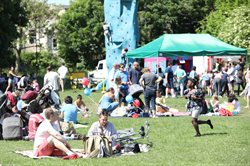
Outcome 2: Reducing inequalities and enhancing wellbeing
Health and other inequalities between people from different communities and different areas are reduced, and air quality improved.
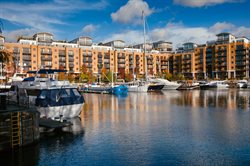
Outcome 3: Making communities safer and more cohesive
Communities are safer and more cohesive through ensuring the accessibility of spaces, places and facilities; enabling community participation & strong relationships, and promoting culture and leisure opportunities.

Outcome 4: Public realm and the environment
The local environment is improved – cleaner and more attractive streets, open and green spaces.

Outcome 5: Affordable housing
More high quality, affordable housing which meets the needs of residents is provided.

Outcome 6: Employment
More local people are in work and progressing to better paid employment.
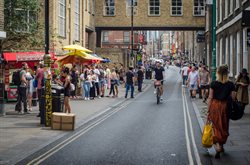
Outcome 7: Enterprise
Locally owned businesses and those that employ local people are starting, growing and staying in the borough.
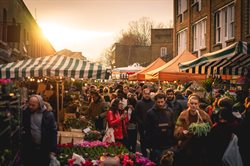
Outcome 8: Town centres and markets
Well-functioning town centres and markets provide existing and new residents with access to a range of local shops, services, leisure and community facilities that meet their needs.
Monitoring delivery
The Regeneration Team will work with the council’s strategy, policy and performance division to closely monitor the delivery of the regeneration programme, ensuring that the planned benefits are created and shared. With the regeneration outcomes derived from existing strategic documents, measures to track delivery will be also aligned with these documents in order to demonstrate synergies between the complimentary programmes being pursued by the council.